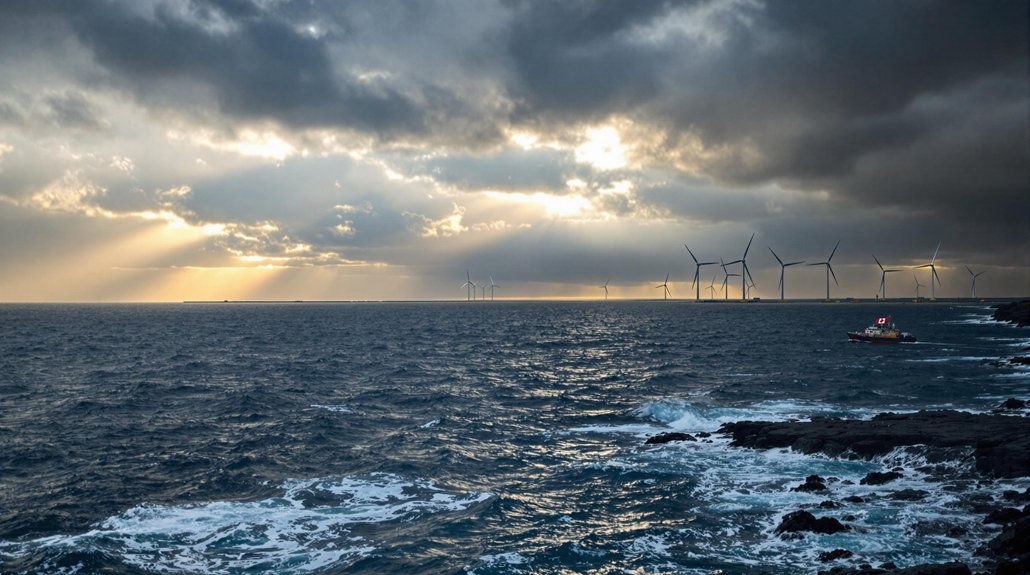America’s clean energy boom is hitting a wall. Growth plummeted from 47% to just 12% as political uncertainty freezes investments. Half-empty factories and solar production at 65% capacity tell the story. Election-year politics have companies playing wait-and-see with IRA tax credits. Meanwhile, Chinese imports jumped 30% while 40% of U.S. startups consider fleeing overseas. The industry’s adapting, but politics might just kill the golden goose.
After riding high on a wave of optimism and investment, America’s clean energy manufacturing sector has hit the brakes. The once-booming industry grew at a measly 12% in 2025, way down from the impressive 47% seen just a year earlier. Factory floors sit half-empty, with solar panel producers operating at 65% capacity—a steep drop from last year’s bustling 85%.
From boom to brake pedal, America’s clean energy dream faces an unexpected pitstop on the road to a greener tomorrow.
What happened? Politics, for starters. With the IRA tax credits hanging in election-year limbo, companies are getting cold feet. New factory announcements plummeted 35%, and nearly half of planned expansions are now gathering dust while executives nervously watch political polls.
Foreign investors? They’ve practically gone into hiding, slashing their U.S. clean energy bets by half. Meanwhile, China isn’t exactly playing nice. Their exports to America jumped 30% despite all the tough tariff talk. European manufacturers swooped in too, grabbing an extra 10% of U.S. market share. Deloitte’s research teams have identified energy transition implications affecting industrial sectors according to Kate Hardin’s analysis. Despite these challenges, the U.S. set records by adding 48.2 GW of clean energy capacity in 2024.
No wonder 40% of American clean tech startups are eyeing the exit, looking to set up shop overseas. The pain isn’t spread evenly. Five states are already seeing clean energy jobs disappear, with the Midwest taking the brunt of the hit. Rural towns that bet big on green factories are facing $500 million in vanished tax revenue. Thanks for nothing.
It’s not all doom and gloom, though. R&D spending actually increased 15%, and some pretty impressive tech breakthroughs are happening. This aligns with the global trend where energy storage remains a significant challenge for the renewable energy revolution. New solar cells hit 30% efficiency in labs, and solid-state batteries are finally entering pilot production. Green hydrogen costs fell by 40%—not too shabby.
Companies are adapting, if somewhat desperately. Automation is up, M&A deals are through the roof, and 65% of firms are cutting costs anywhere they can. The industry’s finding new ways to make money, diversifying product lines and pushing into energy storage.
But the bottom line? The clean energy revolution isn’t dead—it’s just taking an uncomfortable political timeout.








